- Understanding the Importance of Timing for Tomato Sowing
- Factors Affecting Tomato Sowing
- 1. Climate Conditions
- 2. Indoor or Outdoor Sowing
- 3. Tomato Variety
- 4. Soil Preparation
- 5. Pest and Disease Control
- 6. Succession Sowing
- 7. Local Gardening Practices
- Factors to Consider When Choosing the Optimal Timing
- Climate and Weather Conditions
- Factors to Consider:
- Planning and Sowing:
- Variety Selection
- Soil Preparation
- Seed Starting and Transplanting
- Choosing the Right Seeds
- Equipment and Containers
- Seed Starting Process
- Transplanting Seedlings
- Conclusion
- The Benefits of Patience in Tomato Sowing
- 1. Higher Yield
- 2. Healthy Plants
- 3. Disease Prevention
- 4. Reduced Stress
- 5. Time and Resource Management
- Higher Quality and Yield
- Reduced Risk of Disease and Pest Infestation
- Timing and Disease Prevention
- Timing and Pest Control
- Conclusion
- “Question-Answer”
- What are the factors influencing the optimal timing of tomato sowing?
- How does temperature affect the optimal timing of tomato sowing?
- Why do daylight hours matter when sowing tomatoes?
- How do soil conditions affect the optimal timing of tomato sowing?
- Why is the desired harvest date considered when deciding the timing of tomato sowing?
- “Video” The easiest and most fruitful way to grow tomatoes at home for beginners
Tomatoes are one of the most popular and widely grown vegetables in the world. From gardeners to farmers, everyone wants to achieve the best possible yield from their tomato plants. However, one crucial aspect that often gets overlooked is the timing of tomato sowing. The timing of sowing can have a significant impact on the overall growth, health, and productivity of tomato plants. In this article, we will explore the factors that influence the optimal timing of tomato sowing and why having patience in this process can lead to better results.
One of the key factors that influence the optimal timing of tomato sowing is the local climate. Tomatoes are warm-season plants that require a certain amount of heat to germinate and grow. Sowing tomatoes too early in the season, when the soil is still cold, can lead to poor germination and slow growth. On the other hand, sowing tomatoes too late in the season can result in a shorter growing period and reduced yield. It is important to research the specific climate conditions in your region and determine the ideal time for sowing tomatoes based on average temperatures and frost dates.
Another factor to consider is the variety of tomato being grown. Different tomato varieties have different growth habits and maturity times. Determinate varieties, which have a more compact growth habit and produce fruit all at once, may require an earlier sowing date to ensure a longer growing period and maximum yield. Indeterminate varieties, which have a vining growth habit and produce fruit over an extended period, may benefit from a slightly later sowing date to avoid overcrowding and promote better air circulation. Understanding the characteristics of the tomato variety being grown can help determine the optimal timing of sowing.
Lastly, it is important to consider the specific goals for growing tomatoes. Are you looking to harvest early-season tomatoes that can be sold at a premium price? Or are you prioritizing a high yield and extended harvest? The answer to these questions can also influence the optimal timing of tomato sowing. For early-season tomatoes, sowing earlier in the season may be necessary to ensure fruit is ready for the market when demand is high. However, if the goal is a high yield and extended harvest, a slightly later sowing date can allow for a staggered planting and prolonged fruit production.
In conclusion, the optimal timing of tomato sowing is a crucial factor in achieving the best possible yield and overall success. Factors such as climate, tomato variety, and specific goals for growing tomatoes all play a role in determining the ideal sowing date. By taking the time to research and consider these factors, and by exercising patience in the sowing process, gardeners and farmers can improve the health, growth, and productivity of their tomato plants.
Understanding the Importance of Timing for Tomato Sowing
When it comes to tomato cultivation, timing is everything. The optimal timing for sowing tomatoes directly affects the growth and development of the plants, as well as the eventual yield of ripe, juicy tomatoes.
1. Germination and Early Growth:
Proper timing of tomato sowing ensures favorable conditions for germination and early growth. Sowing seeds too early, when the soil temperature is still cool, can lead to poor germination or even seed rot. On the other hand, sowing seeds too late may result in stunted growth and delayed maturity.
2. Weather Conditions:
The timing of tomato sowing is closely related to weather conditions, as tomatoes require warm temperatures to thrive. Sowing too early, when the risk of frost or cold snaps is still present, can be detrimental to the plants. It is essential to wait until the soil has warmed up to at least 60°F (15°C) before sowing tomato seeds.
3. Disease Prevention:
Timing also plays a crucial role in disease prevention. Sowing tomatoes at the right time allows the plants to establish strong root systems and develop a robust defense against diseases. Delayed sowing can leave the plants vulnerable to fungal infections, such as early blight or late blight, which can significantly reduce yield.
4. Optimal Harvest Time:
Sowing tomatoes at the right time ensures a bountiful harvest. Timing determines the length of the growing season, which affects the time it takes for the tomatoes to ripen. Sowing too late may result in unripe tomatoes when the season ends, while sowing too early can lead to overripe tomatoes before the peak harvesting period.
Conclusion:
Understanding the importance of timing for tomato sowing is essential for successful cultivation. By sowing tomatoes at the optimal time, gardeners can ensure healthy germination, protect against adverse weather conditions, prevent diseases, and harvest ripe tomatoes at the right time. Patience in sowing tomatoes results in better yields and ultimately, more delectable homegrown tomatoes.
Factors Affecting Tomato Sowing
Tomato sowing is an important step in the cultivation process, and the timing of sowing can greatly affect the success of the crop. Several factors should be considered when deciding when to sow tomato seeds:
1. Climate Conditions
The climate plays a crucial role in determining the optimal timing for tomato sowing. Tomatoes are warm-season crops and require soil temperatures of at least 50°F (10°C) for successful germination. Frost can be detrimental to tomato seedlings, so it is important to sow seeds after the risk of frost has passed. Additionally, tomatoes need a long growing season to reach maturity, and the climate should provide enough warm days for the plants to thrive.
2. Indoor or Outdoor Sowing
Another factor to consider is whether the tomato seeds will be sown indoors or directly in the garden. Indoor sowing gives the advantage of starting the seeds earlier and providing a controlled environment for germination. However, it requires space, lighting, and careful monitoring. Outdoor sowing is suitable when the climate is warm enough and there is no risk of frost.
3. Tomato Variety
Different tomato varieties have varying requirements for sowing time. Determinate varieties, which reach a certain height and produce fruits within a specific period, can be sown a bit later than indeterminate varieties, which continue growing and producing fruits throughout the season. The seed packet or plant label usually provides information on the ideal sowing time for each variety.
4. Soil Preparation
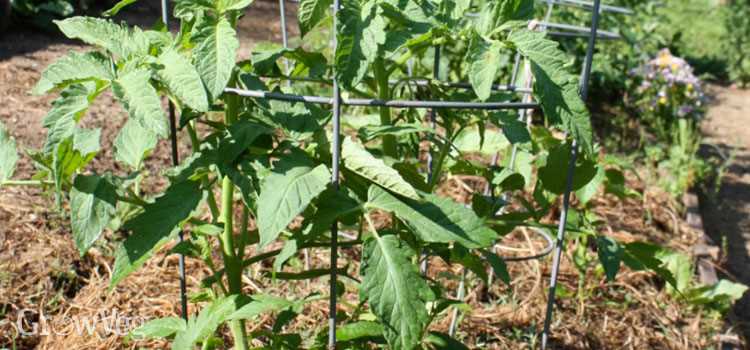
The soil should be properly prepared before sowing tomato seeds. It should be well-drained, fertile, and rich in organic matter. Composting or adding organic amendments can improve the soil structure and nutrient content, providing an optimal environment for seed germination and growth.
5. Pest and Disease Control
Pests and diseases can negatively impact tomato plants, so it is crucial to consider potential pest and disease pressures when deciding on the sowing time. For example, if a certain disease is prevalent in the area during a specific season, it might be advisable to delay sowing to minimize the risk of infection.
6. Succession Sowing
Succession sowing is the practice of sowing seeds at regular intervals to extend the harvest period. This can be useful when growing tomatoes, as it ensures a continuous supply of ripe fruits. However, the timing of the initial sowings and subsequent sowings should be carefully planned to avoid overcrowding and to accommodate the required growing period for each variety.
7. Local Gardening Practices
Lastly, it is advisable to consult local gardening guides or experienced gardeners in the area for information on the best time to sow tomatoes. Local knowledge can provide valuable insights into specific microclimates, regional weather patterns, and successful practices in the area.
By considering these factors, growers can make informed decisions about the timing of tomato sowing, increasing the chances of a successful and bountiful tomato harvest.
Factors to Consider When Choosing the Optimal Timing
- Growing season length: The length of the growing season is an important factor to consider when selecting the optimal timing for tomato sowing. It is essential to ensure that the growing season is long enough for the tomatoes to mature and ripen fully.
- Frost risk: Tomatoes are susceptible to frost damage, so it’s crucial to consider the risk of frost when choosing the sowing timing. Planting tomatoes too early in the season when frost is still likely can result in significant yield losses.
- Temperature: Tomatoes thrive in warm temperatures, so it’s essential to consider the average temperature range of the growing area. Planting tomatoes too early when the soil and air temperatures are still low can lead to stunted growth and poor fruit development. On the other hand, sowing too late when temperatures are too high can also negatively impact the yield and quality of the tomatoes.
- Daylight hours: Tomatoes require a certain amount of daylight to grow and develop properly. It is important to choose the optimal timing when daylight hours are sufficient for tomato growth. Planting tomatoes too early when daylight hours are limited can result in weak plants and poor fruit set.
- Soil moisture and condition: The moisture content and condition of the soil are critical factors to consider when choosing the optimal sowing timing. Planting tomatoes in waterlogged or poorly drained soil can lead to root rot and other diseases. It is important to ensure that the soil is well-drained and has adequate moisture for proper tomato growth.
- Pest and disease pressure: Different pests and diseases can affect tomatoes at different times of the year. Understanding the pest and disease pressure in the region is essential when timing tomato sowing. Planting tomatoes during periods when pest and disease pressure is low can help minimize damage and improve overall yield.
Climate and Weather Conditions
Climate and weather conditions are crucial factors to consider when determining the optimal timing for tomato sowing. Tomatoes thrive in warm and sunny environments, as they require a minimum temperature range of 50-55°F (10-12°C) for successful growth.
Temperature fluctuations and extremes can have a significant impact on the germination and growth of tomato seeds. Cold temperatures can delay germination and stunt the growth of young seedlings, while excessively hot temperatures can lead to decreased fruit set and poor overall plant health. Therefore, it is important to choose a time for sowing when the weather is expected to stabilize within the desired temperature range for tomatoes.
In addition to temperature, the availability of sunlight is also crucial for tomato plants. Tomatoes require full sun exposure, meaning they should receive at least 6-8 hours of direct sunlight per day. Insufficient sunlight can lead to weak plants and poor fruit production.
Factors to Consider:
- Temperature range: The optimal temperature range for tomato sowing is between 50-55°F (10-12°C).
- Sunlight exposure: Tomatoes require at least 6-8 hours of direct sunlight per day.
- Temperature fluctuations: Avoid sowing during periods of extreme temperature fluctuations to ensure consistent and healthy growth.
Planning and Sowing:

Based on the climate and weather conditions in your region, it is important to plan your tomato sowing accordingly. Research local weather patterns and consult gardening resources or experts to determine the best time to sow tomato seeds in your specific geographical location. Keep in mind that it is better to exercise patience and wait for optimal conditions rather than risking poor plant growth and fruit production due to unfavorable weather conditions.
| Climate Zone | Optimal Sowing Time |
|---|---|
| Warm and Sunny | Early spring, when temperatures stabilize above 50°F (10°C) and frost is no longer expected |
| Mild and Temperate | Late spring or early summer, when the risk of cold temperatures and frost has passed |
| Cool and Short Growing Season | Late spring or early summer, when temperatures stabilize and the risk of frost has passed |
Variety Selection
Choosing the right tomato variety is an important factor influencing the optimal timing of sowing. Different varieties have different growth habits, maturity dates, and temperature requirements. It is therefore essential to select a variety that matches the local climate conditions and the desired yield.
Growth Habits: Tomato varieties can be classified as determinate or indeterminate. Determinate varieties are bushy and compact, reaching a specific height and stopping their growth. Indeterminate varieties, on the other hand, are vining in nature and continue to grow and produce until the frost hits. Determinate varieties are suitable for areas with limited space, as they can be grown in containers or small gardens. Indeterminate varieties, however, require more space and support for their vertical growth.
Maturity Dates: Different tomato varieties have varying maturity dates, which indicate the time it takes for the fruit to ripen from the time of sowing. Early maturing varieties produce fruit within a shorter period, while late maturing varieties take longer to yield results. The maturity date of a variety should be considered when determining the optimal timing of sowing. If you have a short growing season, it is advisable to choose an early maturing variety to ensure an abundant harvest before the frost arrives.
Temperature Requirements: Tomato plants have different temperature preferences for germination and growth. Some varieties are more cold-tolerant, while others thrive in warmer conditions. It is crucial to select a variety that can withstand the local temperature variations. Additionally, consider the time required for seed germination and the ideal temperature range for optimal growth. Sowing the seeds too early or too late can lead to poor germination, stunted growth, or decreased yield.
| Variety | Growth Habit | Maturity Date | Temperature Range |
|---|---|---|---|
| Roma | Determinate | 70-75 days | 60-85°F (15-29°C) |
| Early Girl | Indeterminate | 50-62 days | 55-75°F (13-24°C) |
| Beefsteak | Indeterminate | 70-85 days | 65-90°F (18-32°C) |
It is important to research and seek guidance from experts or local agricultural extension offices to determine the optimal variety suited for your specific region and growing conditions. Proper variety selection ensures better adaptability, healthier plants, and improved overall yield.
Soil Preparation
Preparing the soil is an essential step in ensuring optimal timing for tomato sowing. Proper soil preparation provides the ideal growing conditions for tomato plants and sets them up for success. Here are some factors to consider when preparing the soil for tomato sowing:
- Soil Type: Understanding the type of soil you have is crucial for determining its drainage and nutrient-holding capacity. Tomatoes prefer well-drained soil with a good balance of drainage and moisture retention. Sandy loam or loamy soil is often ideal for tomato cultivation.
- Soil pH: The pH level of the soil affects the availability of essential nutrients to the tomato plants. Aim for a pH range of 6.0 to 6.8, slightly acidic to neutral, for optimal tomato growth. Conduct a soil test to determine the pH level and make necessary adjustments if needed.
- Organic Matter: Adding organic matter to the soil can improve its texture, fertility, and water-holding capacity. Incorporate well-rotted compost, aged manure, or other organic materials into the soil before sowing tomatoes. This will not only provide essential nutrients but also enhance the soil’s structure and aeration.
- Weed Control: Clear the planting area of any weeds or unwanted vegetation before sowing tomatoes. Weeds compete with tomato plants for nutrients, water, and sunlight, which can hinder their growth. Use manual weeding or apply a pre-emergent herbicide to control weeds effectively.
- Soil Moisture: Before sowing tomatoes, ensure that the soil is evenly moist. Water the planting area a day or two before sowing to provide adequate moisture for the seeds to germinate. Avoid waterlogged soil or excessively dry conditions, as both can negatively affect germination and seedling growth.
Proper soil preparation is essential for creating a favorable environment for tomato plants. By considering these factors and taking the necessary steps, you can ensure that the soil is well-suited for tomato sowing, maximizing your chances of a successful and productive harvest.
Seed Starting and Transplanting
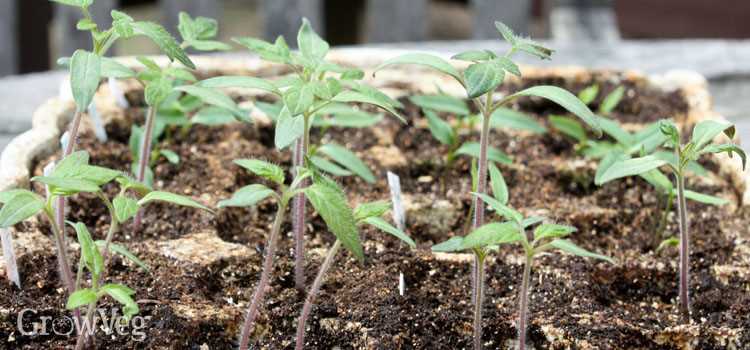
Seed starting is a crucial step in the cultivation of tomatoes. It involves sowing tomato seeds indoors in containers before transplanting them to the garden. Proper seed starting and transplanting techniques can significantly impact the growth and yield of tomato plants.
Choosing the Right Seeds
When starting tomato seeds, it is essential to select the right variety that suits your needs. Consider factors such as disease resistance, flavor profile, and growth habit. Additionally, ensure that the seeds are fresh and of good quality to ensure successful germination.
Equipment and Containers
Gather the necessary equipment and containers before starting tomato seeds. You will need seed trays or small individual pots, seed starting mix, a spray bottle, and clear plastic covers or domes to create a greenhouse-like environment.
Seed Starting Process
Fill the containers with seed starting mix, moisten it, and gently press it down. Plant the tomato seeds according to the packet instructions, usually around ¼ inch deep. Place the containers in a warm location with consistent temperatures and provide adequate lighting, either from natural sunlight or artificial grow lights.
Keep the soil consistently moist by misting it with water using a spray bottle. Avoid overwatering, as it can lead to damping off, a fungal disease that causes seedling death. As the seedlings grow, thin them out if necessary to ensure proper spacing and airflow.
Transplanting Seedlings
Transplant the tomato seedlings into the garden once they have developed a few sets of true leaves and the soil temperature has reached a suitable level. Harden off the seedlings by gradually exposing them to outdoor conditions over several days. This helps them adjust to the fluctuations in light, temperature, and wind that they will experience in the garden.
Choose a sunny location in the garden with well-drained soil. Dig a hole slightly larger than the root ball of the seedling and gently place it in the hole. Fill the hole with soil, firm it around the seedling, and water thoroughly. Provide support, such as tomato cages or stakes, to help the plants grow upright.
Conclusion
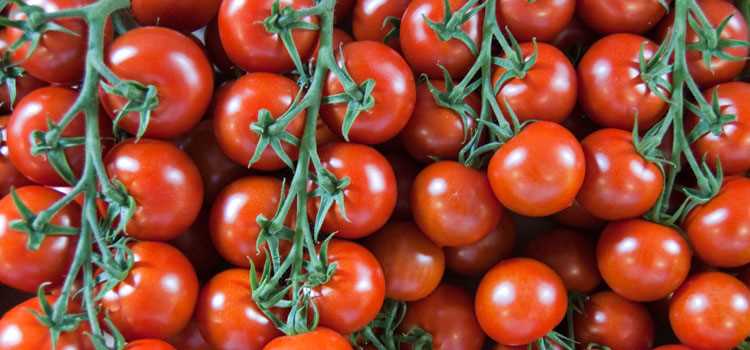
Seed starting and transplanting are significant steps in the successful cultivation of tomatoes. By selecting the right seeds, using proper equipment, and following the correct techniques, you can increase the chances of healthy seedlings and productive tomato plants in your garden.
The Benefits of Patience in Tomato Sowing
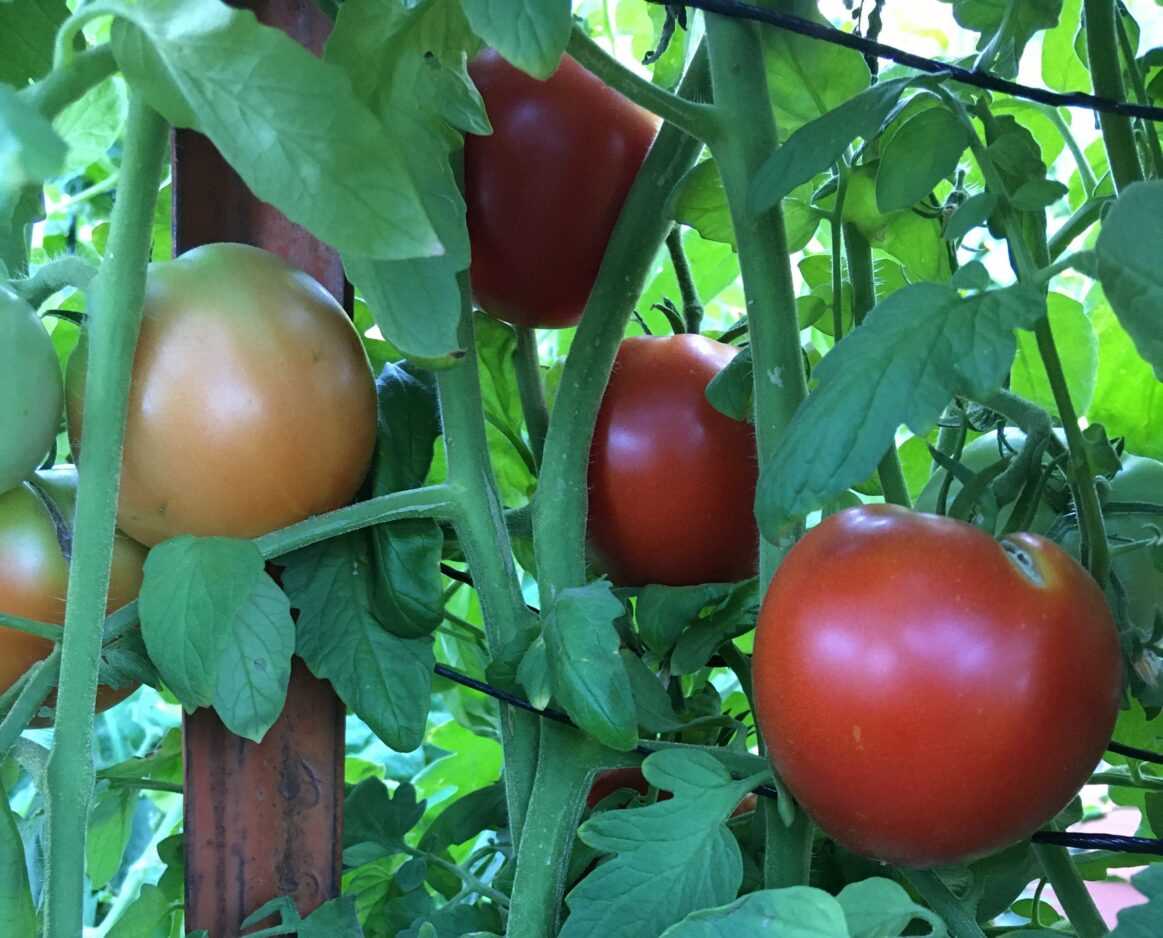
Growing tomatoes is a rewarding experience that many gardeners enjoy. However, to achieve the best results, proper timing is key. Patience in tomato sowing can bring a host of benefits to both the plants and the gardener.
1. Higher Yield
When it comes to tomato sowing, patience can lead to a higher yield of fruits. Tomatoes thrive in warm weather, and planting them too early can expose them to cold temperatures or frost, which can stunt their growth or even kill them. By waiting for the last frost to pass and the soil to warm up, the plants have a better chance of growing vigorously and producing more fruits.
2. Healthy Plants
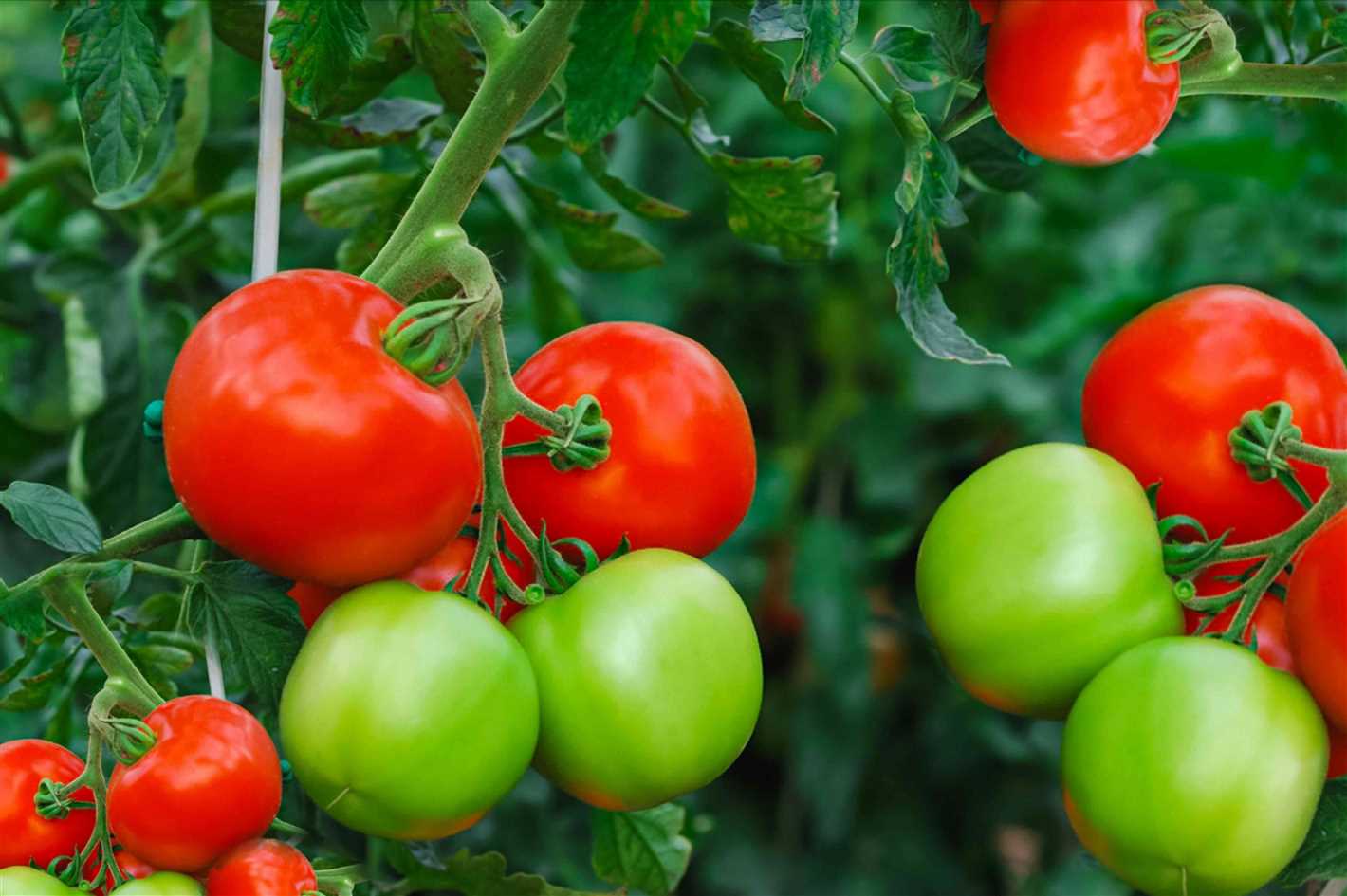
By sowing tomatoes at the right time, you can ensure that the plants establish themselves properly. When the soil temperature is too low, the roots have a harder time absorbing nutrients, which can lead to weak and stunted plants. Waiting for optimal conditions allows the plants to develop a strong root system, which ultimately leads to healthier and more productive plants.
3. Disease Prevention
One of the main benefits of patience in tomato sowing is disease prevention. Cold and damp conditions can promote the development of fungal diseases, such as blight. By waiting for warmer and drier weather, you reduce the risk of these diseases affecting your tomato plants. Additionally, planting tomatoes later in the season can help avoid common pests that may be more active in early spring.
4. Reduced Stress
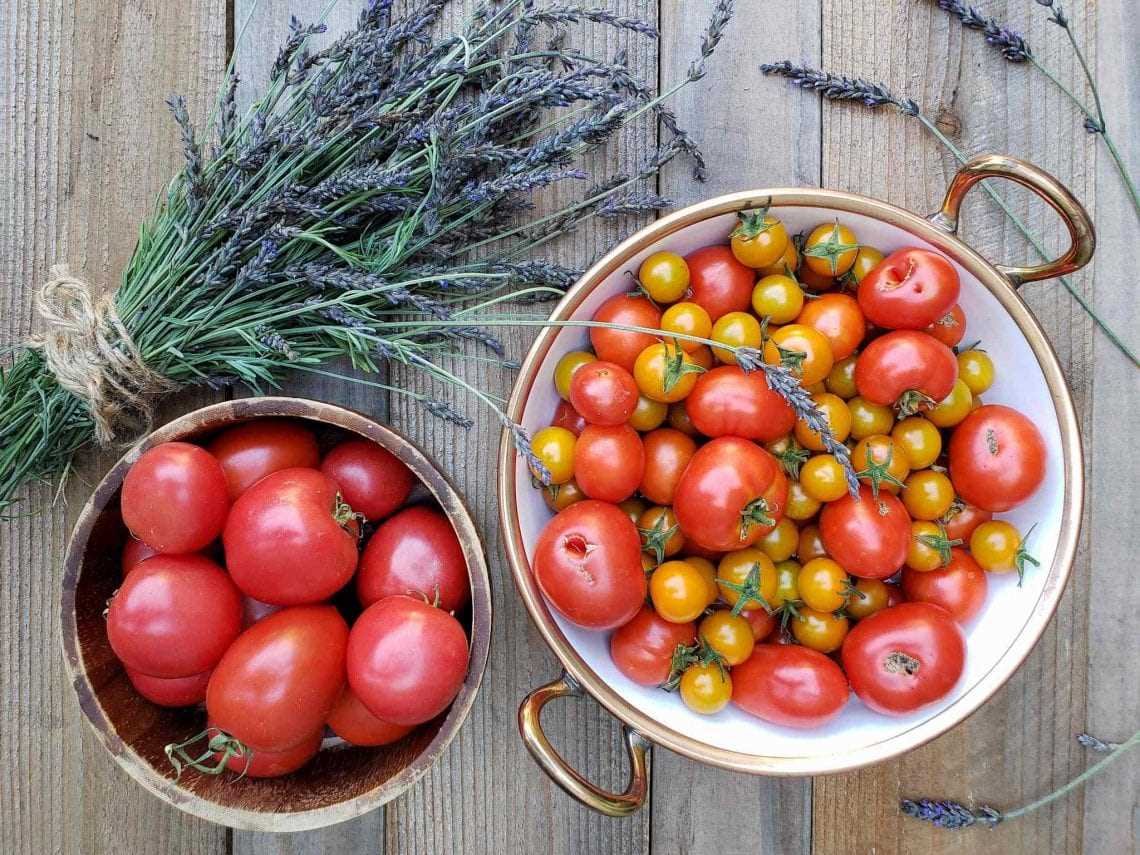
Patience in tomato sowing also benefits the gardener. Planting tomatoes at the wrong time can lead to stress and disappointment if the plants don’t thrive or produce as expected. By waiting for optimal conditions, you can have peace of mind knowing that you have given your plants the best chance for success. This can reduce stress and make the gardening experience more enjoyable.
5. Time and Resource Management
By sowing tomatoes at the right time, you can effectively manage your time and resources. Planting too early may require extra care and attention, such as providing protection from frost or cold temperatures, which can be time-consuming. Waiting for optimal conditions allows you to use your resources more efficiently and focus on other gardening tasks until the right time comes.
In conclusion, patience in tomato sowing brings a range of benefits to both the plants and the gardener. Higher yield, healthier plants, disease prevention, reduced stress, and effective time and resource management are among the advantages of waiting for the optimal time to sow tomatoes. Taking the time to plan and wait for the right conditions can ultimately lead to a more successful and satisfying tomato-growing experience.
Higher Quality and Yield
- Larger Fruits: By sowing tomatoes at the optimal time, you can expect to harvest larger fruits. This is because the plants have sufficient time to grow and develop before the fruiting stage. Larger fruits not only look more visually appealing but also have better texture and taste.
- Increased Yield: Sowing tomatoes at the right time can significantly increase the overall yield of your crop. When seeds are planted in favorable conditions, the plants grow stronger and produce more fruits per plant. This can lead to a higher quantity of tomatoes for consumption or selling.
- Better Disease Resistance: Optimal sowing time allows the plants to establish a stronger root system and build up their natural defenses. As a result, tomatoes grown from well-timed sowings tend to have better resistance against diseases and pests. This can help reduce the need for chemical pesticides and promote a more sustainable approach to tomato cultivation.
- Extended Harvest Period: Sowing tomatoes at the right time ensures a longer harvest period. With proper timing, you can enjoy a steady supply of fresh tomatoes throughout the season. This is particularly advantageous for home gardeners who want to have a continuous supply of ripe tomatoes for cooking or preserving.
- Better Overall Quality: Moreover, sowing tomatoes at their optimal time results in better overall quality. The fruits tend to have a more vibrant color, firm texture, and enhanced flavor. This can make a significant difference in any dish where tomatoes are a primary ingredient, whether it’s a fresh salad, pasta sauce, or a homemade salsa.
Reduced Risk of Disease and Pest Infestation
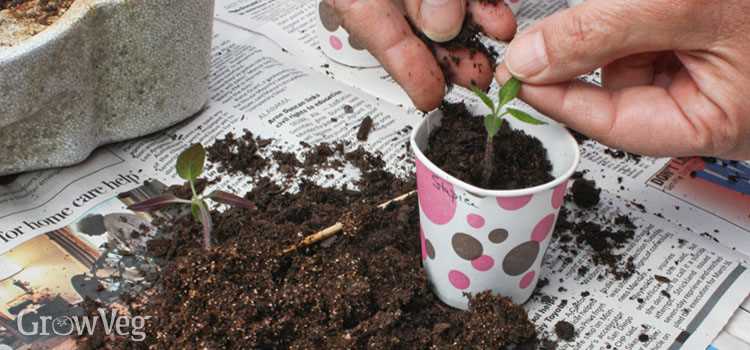
Choosing the optimal timing for tomato sowing can have a significant impact on reducing the risk of disease and pest infestations. Different diseases and pests, such as fungal infections and insect pests, have different optimal conditions for growth and reproduction. By sowing tomatoes at the right time, we can ensure that the plants are less vulnerable to these threats.
Timing and Disease Prevention
Tomato plants are susceptible to various fungal diseases, such as blight and powdery mildew. These diseases thrive in warm and humid conditions, which are commonly found during certain periods of the year. By sowing tomatoes early or late enough, we can avoid these periods and minimize the risk of fungal infections.
Early sowing, for example, allows the plants to mature and produce fruits before the peak season for fungal diseases. By the time the weather becomes more conducive to the growth of these diseases, the plants will already be well-established and less vulnerable. On the other hand, late sowing can also be beneficial, as it allows the tomatoes to mature during a time when fungal diseases are less prevalent.
Timing and Pest Control
In addition to diseases, tomato plants are also susceptible to pest infestations. Insects, such as aphids, whiteflies, and tomato hornworms, can cause significant damage to tomato plants if not controlled. By sowing tomatoes at the right time, we can minimize the risk of these pests and reduce the need for chemical pest control.
Early sowing can help to avoid peak periods of insect activity. For example, sowing tomatoes before the emergence of certain insect pests can prevent them from establishing a population and causing damage to the plants. Late sowing can also be beneficial, as it allows the tomatoes to mature when certain pests are less active or have already completed their life cycles.
Conclusion
Overall, selecting the optimal timing for tomato sowing can greatly reduce the risk of disease and pest infestations. By avoiding periods when these threats are more prevalent, we can increase the chances of growing healthy and productive tomato plants. It is essential to consider the specific disease and pest profiles in your region and adjust the sowing time accordingly. Patience in waiting for the right timing can yield better results in terms of disease and pest management.
“Question-Answer”
What are the factors influencing the optimal timing of tomato sowing?
The factors influencing the optimal timing of tomato sowing include temperature, daylight hours, soil conditions, and the desired harvest date.
How does temperature affect the optimal timing of tomato sowing?
Temperature plays a crucial role in determining the optimal timing of tomato sowing. Tomatoes require certain temperature ranges for germination and growth. If the temperature is too low, the seeds may not germinate, while high temperatures can result in poor seedling establishment.
Why do daylight hours matter when sowing tomatoes?
Daylight hours are important because they directly influence the growth and development of tomato plants. Tomatoes need an adequate amount of sunlight to photosynthesize and produce energy for their growth. Insufficient daylight hours can lead to stunted growth and lower yields.
How do soil conditions affect the optimal timing of tomato sowing?
Soil conditions, such as moisture content and nutrient availability, play a vital role in the successful germination and growth of tomato plants. It is important to sow tomatoes when the soil is warm enough and has the proper moisture level and nutrient content to support seedling establishment and subsequent growth.
Why is the desired harvest date considered when deciding the timing of tomato sowing?
The desired harvest date is an important factor to consider because it determines when tomatoes will be ready for consumption or sale. By working backward from the desired harvest date, growers can calculate the optimal timing for sowing tomatoes to ensure that they reach maturity and are ready for harvest at the desired time.







